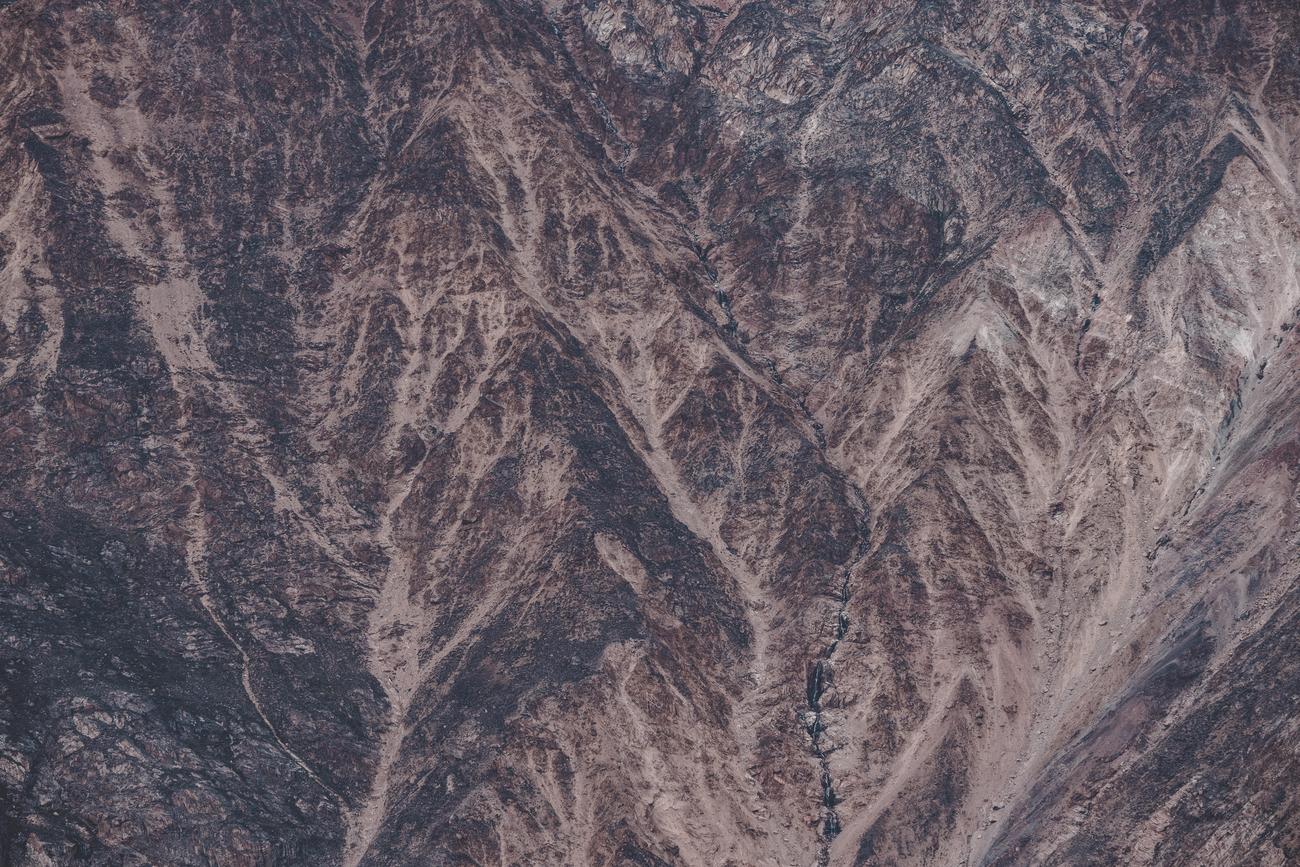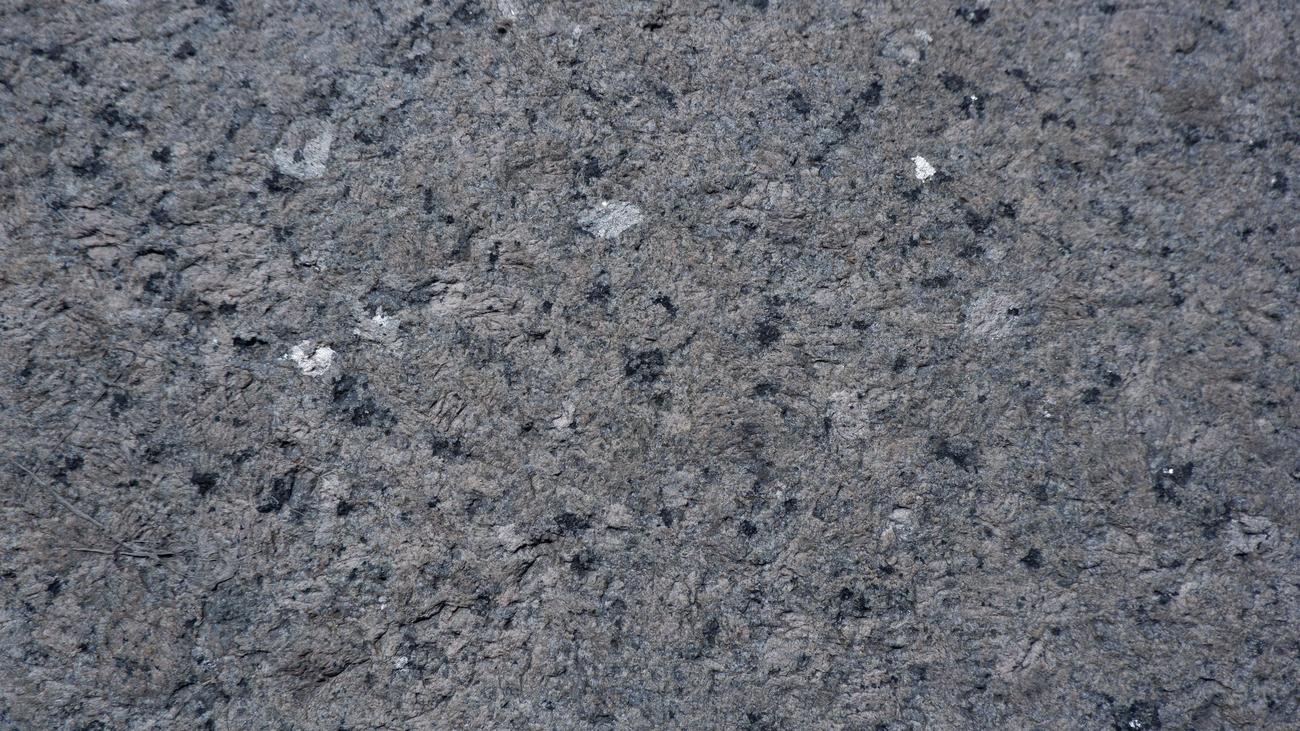Step into the world of geology, where ancient mysteries are waiting to be unraveled and the Earth’s secrets lie beneath our very feet. As a seasoned geologist, I have traversed vast terrains in search of answers, but none have intrigued me quite like the enigmatic origins of granite. This enduring natural stone has a story to tell, one that stretches back through countless millennia and holds the key to understanding the Earth’s composition like never before. Join me on this captivating adventure as we delve into the intriguing origins of granite and uncover the secrets it has been keeping for eons.

Unveiling the Intriguing Origins of Granite
Granite, an exceptional natural stone, has long captivated geologists like myself with its enigmatic origins. This coarse-grained intrusive igneous rock, composed primarily of quartz, alkali feldspar, and plagioclase, holds within it a compelling story of Earth’s ancient past.
How does granite form?
To truly understand the origins of granite, we must peer deep beneath the Earth’s surface. Granite forms from the slow cooling and solidification of magma, which is rich in silica and alkali metal oxides. This intricate process takes place underground, allowing the mineral crystals of granite to form and grow over an extended period of time.
A journey through time
Imagine the Earth as a breathtaking tapestry of molten rock and intense heat. As this magma cools and solidifies, granite begins its transformation from a liquid state to a solid rock. Over millions of years, hidden deep within the Earth’s continental crust, this process occurs, giving birth to the magnificent granite we know today.
The granular beauty of granite
The name “granite” itself carries a hint about the rock’s fascinating structure. Derived from the Latin word “granum,” meaning grain, this name perfectly characterizes the coarse-grained nature of granite. Its composition primarily consists of feldspar, quartz, mica, and amphibole minerals. Each mineral contributes to the unique colors and patterns seen in different types of granite, whether it be the snowy whites, delicate pinks, or striking grays that grace its surface.
A rich tapestry of history
Granite holds within it a rich historical tapestry, reflecting the Earth’s ancient evolution. This remarkable rock, intruded during the Precambrian age, is most abundant in the continental crust. As time marched on, geological forces shaped and molded granite, carving out tors, domes, bornhardts, and rounded massifs. Circular depressions surrounded by hills can also be found, serving as windows into the geological past.
Influences on granite formation
The formation of granite is not solely a result of slow cooling and solidification deep beneath the Earth’s surface. Influences such as the addition of heat or water vapor to silica-rich magmas also play a role. These factors contribute to the diverse classification of granite, including types such as true granite, syenite, monzonite, granodiorite, and alkali feldspar granites.
Decoding the language of granite
To unlock the mysteries of granite, geologists turn to the language of petrography. Petrographic examination and the QAPF diagram enable specialists to analyze and identify granitic rocks based on their mineral composition. Such examinations provide valuable insights into the intricate makeup of granite, further deepening our understanding of its origins.
Commercial significance and beyond
Beyond its geological allure, granite holds great commercial importance. Its durability and aesthetic beauty make it a popular choice in various industries, including construction and monument-making. However, it’s important to note that granite also contains the radioactive isotope potassium-40, which makes it a natural source of radiation.
To fully comprehend the intriguing origins of granite is to embark on a journey through time, uncovering the secrets of the Earth’s crust. From its formation through the slow cooling of magma to the diverse classifications and historical influence, granite is truly a testament to the wonders of nature.
Intriguing Origins of Granite:
- Granite forms from the slow cooling and solidification of silica-rich magma underground.
- It derives its name from the Latin word “granum,” which means grain, hinting at its coarse-grained structure.
- Granitic rocks are predominantly composed of feldspar, quartz, mica, and amphibole minerals.
- The diverse classifications of granite range from true granite to syenite, monzonite, granodiorite, and alkali feldspar granites.
- Petrographic examination and the QAPF diagram help analyze and identify different types of granitic rocks.
- Granite holds historical significance and can be found in various geological formations, including tors, domes, bornhardts, and rounded massifs.
- It is highly valued in the construction and monument-making industries for its durability and aesthetic appeal.
- Granite contains a natural source of radiation, the radioactive isotope potassium-40.
Granite is a fascinating natural stone with a rich history and a multitude of interesting facts. If you’re curious to learn more about this remarkable material, you’ll be amazed by the fun facts about granite that we’ve compiled for you. So, what are some fun facts about granite? Discover them here and be prepared to be amazed by the beauty and durability of granite. Just click on the link What Are Some Fun Facts About Granite to unveil the secrets of this incredible stone.

FAQ
Question 1
What is granite?
Answer 1
Granite is a coarse-grained intrusive igneous rock composed mostly of quartz, alkali feldspar, and plagioclase. It forms from magma with a high content of silica and alkali metal oxides that slowly cools and solidifies underground.
Question 2
How is granite formed?
Answer 2
Granite formation is influenced by the addition of heat or water vapor to silica-rich magmas. This process causes the magma to slowly cool and solidify underground, resulting in the formation of granite.
Question 3
What is the composition of granite?
Answer 3
Granitic rocks mainly consist of feldspar, quartz, mica, and amphibole minerals. The exact composition of granite can vary, but it generally consists of quartz, feldspar, and other minerals.
Question 4
What is the significance of granite?
Answer 4
Granite has great commercial importance and is used in various industries, including construction and monument-making. It is also a natural source of radiation, containing the radioactive isotope potassium-40.
Question 5
How can granite be identified?
Answer 5
Granitic rocks can be analyzed and identified using petrographic examination and the QAPF diagram. These methods help geologists determine the mineral composition and classification of granite.
- Crypto Quotes’ Red Flags: Avoid Costly Mistakes - June 30, 2025
- Unlock Inspirational Crypto Quotes: Future Predictions - June 30, 2025
- Famous Bitcoin Quotes: A Deep Dive into Crypto’s History - June 30, 2025
















